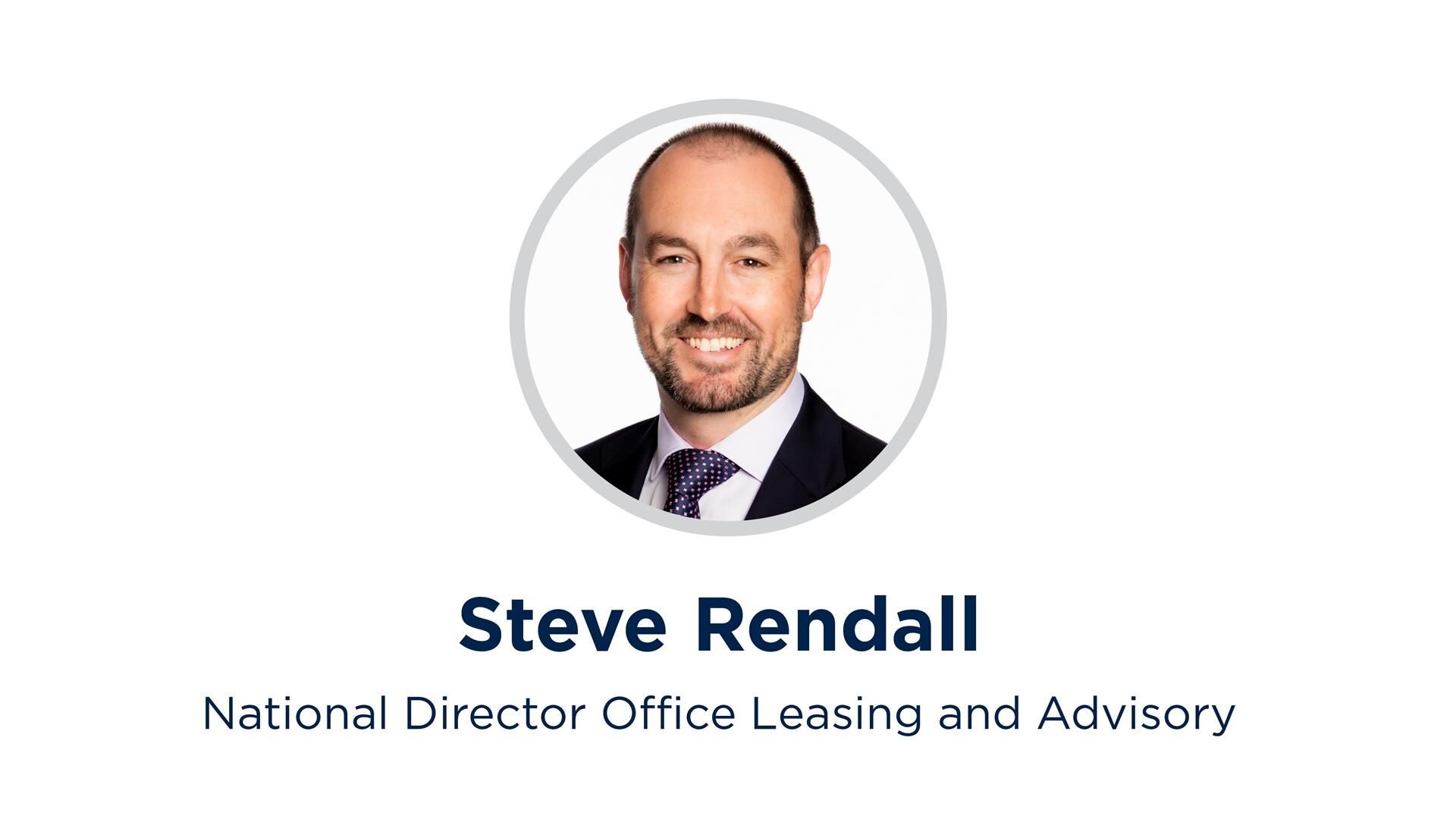Landlords search for rental solutions to hedge inflation

The most common rent review mechanism for new leases in both office space and industrial property over the past two to three years has been fixed periodic increases, of typically around 2.5 to three percent annually, with market reviews mid-way through the lease term, or at renewal.
With inflation now hovering around 6.9 percent, well outside the Reserve Bank of New Zealand’s (RBNZ) target band of one to three percent, there is an emerging trend for landlords to push for faster rental growth via higher fixed rates or CPI indexing.
Meanwhile, tenants favour the certainty of lower fixed-growth rent structures to help them predict costs and ride out the economy’s current volatilities.
Bayleys’ national director office leasing Steve Rendall says before inflation became a material issue, a hybrid model of fixed growth structures with periodic market reviews worked for both tenants and landlords as it offered stability and transparency.
That is backed up by Bayleys’ Insights, Data and Consulting team which analysed rental data over the past six years and found the hybrid rent mechanism tracked the market benchmark well.
However, Rendall says that approach depends on both sides having a confident view of what inflation is likely to be over the term of the lease.
“Now that inflation has run away on us completely, these lower fixed reviews suddenly seem like a bad idea because if you only have a two or three-percent rent uplift the landlord may begin to under-recover, relative to a current market rent,” Rendall says.
Landlords in high-demand, premium office locations are looking at new rental structures that reflect CPI adjustments plus growth.
“Landlords – and their lenders – will generally want rent review mechanisms that provide a degree of hedging against high inflation and associated higher-interest rates, while tenants generally seek the opposite to avoid a big jump in rents,” he says.
Rendall says some tenants may get landlords to agree on a fixed-growth rate lease mechanism, but that rate will be higher than it was six months ago; often well above three percent.
He adds that the well-documented sharp increase in the cost of building is another factor driving up premium commercial rents. “To build a new office building, given the price of construction, you’re going to want to be able to achieve a rent that two or three years ago would look really optimistic,” he says.
Rents required to make a new building economically viable are often sitting above $700 per square metre in Auckland, pulling up other premium rents, he says.
Inflation is also impacting new industrial lease agreements but through higher fixed rates, rather than the addition of CPI-based clauses.
Bayleys’ data shows landlords are pushing for mid-term market rent reviews, typically with a hard ratchet to guarantee an income level. There is also a trend toward longer lease terms with no rights of renewal, allowing landlords to adjust to the market with a new lease.
Bayleys’ national director industrial and logistics Scott Campbell says fixed rates are shifting from around 2.75 percent per annum to up to 3.5 percent per annum.
Most of those investing in industrial property expect the current inflation surge to be relatively short and sharp, which means leaping on CPI-based rent mechanisms doesn’t make sense, Campbell says.
“If you're linking a 10-year lease to CPI, and we fall off a cliff in two years in terms of growth, that’s not going to do you any good.”
He adds an upward shift in industrial rents may come in over the next 12 to 24 months with the next round of market reviews, which will take into consideration other market pressures on rent, such as the cost of land and construction.
“From that, we can expect rents to go up by as much as seven to 12 percent,” Campbell says, adding that while the figure seems high it is significantly lower than the recent 30 percent surge in construction costs.
His advice for investors trying to navigate a turbulent, inflationary market is not to make rash decisions about how to structure or alter rent agreements, and to arm themselves with data.
“Long-term strategies will always win,” he says.

